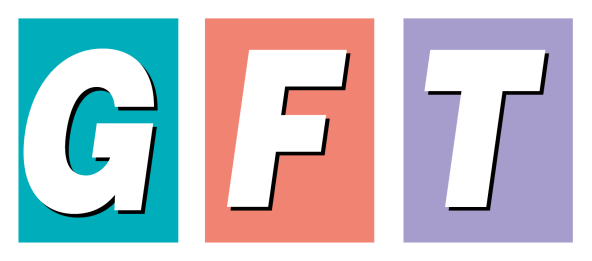The Popularity of 'Agro Textiles’ Continues in the Textile Industry
The history of textiles and garment can be traced back to when pre-historic humans learned how to use wool, animal skins, or plant fibers to make simple clothing. Nowadays, thanks to advanced technologies, special textiles for specific applications have been developed not only for use in the textile and garment industry, but also for various applications which extend to cover the agricultural industry.
As the applications for textile continue to diversify, so too is the growing need for functional textiles that can serve other purposes beside embellishment. Agro textiles have become a branch of the textile industry with an intended use for agricultural purposes such as gardening, fisheries, forestry, and horticulture. Some examples include covers for weed prevention, fishing nets, energy saving covers for greenhouses, bags for plants transport, mesh fabrics for agricultural produce, ribbon and tying tapes for fruits, bags for growing mushroom, ventilation netting for fences and tarpaulins, just to name a few.
During the years 2015-2019, functional textiles were forecast to have the highest growth rate in the market as they were associated with many industries and were used in every process from upstream, midstream to downstream. At present, functional textiles are used to manufacture many products. The textiles used in the agricultural industry constitute a medium-sized market that keeps growing and was valued at 8.204 billion baht.
Most of the textiles used in the agricultural industry have a wide range of properties and applications. For examples, they are weather resistant, microorganisms resistant, can protect the plants from insects and the sun’s rays, as well as can be used in aquaculture and livestock protection. At the moment, the innovative green textiles which are made with environmentally friendly processes have been introduced as they can reduce the toxic emissions and are more sustainable for the textile industry. It also aligns with the eco-friendly trend which focuses on using less energy and reducing production waste such as the plasma technology that can decorate the fabrics without using water and chemicals, the use of silk glue in chemical cotton dressing, including the introduction of other technologies that are increasingly popular in the textile industry.
Those interested in information about the textile and garment industry can stay up to date by following GFT Blogs which will regularly introduce noteworthy industrial movements to entrepreneurs and business owners. Also, don't miss the GFT 2024 event which will take place during 26-29 June 2024 at BITEC, Bangkok. Find out more information at www.gftexpo.com
Sources
• Agro Textiles: Properties, Manufacturing and Applications
https://textilelearner.net/agro-textiles-properties-manufacturing-and-applications/
• สร้างอนาคตใหม่ให้อุตสาหกรรมสิ่งทอ ปั้นไทยสู่แหล่งผลิต “สิ่งทอเทคนิค” สำคัญของโลก
http://www.thailandindustry.com
• การผลิตเส้นใยสมรรถนะสูง(High Performance Fibers) เพื่อเป็นการปฏิรูปอุตสาหกรรมเครื่องนุ่งห่มและสิ่งทอ
https://www.bloggang.com/mainblog.php?id=nichada-spandex&month=10-09-2018&group=1&gblog=
• ภาวะเศรษฐกิจอุตสาหกรรมสิ่งทอเทคนิคเพื่อการพัฒนา ให้รองรับอุตสาหกรรม S-Curve
https://www.oie.go.th/assets/portals/1/files/study_report/technical_textiles_file1_kanokwan.pdf
• นวัตกรรมสิ่งทอสีเขียว (Eco-Innovative Textiles)
